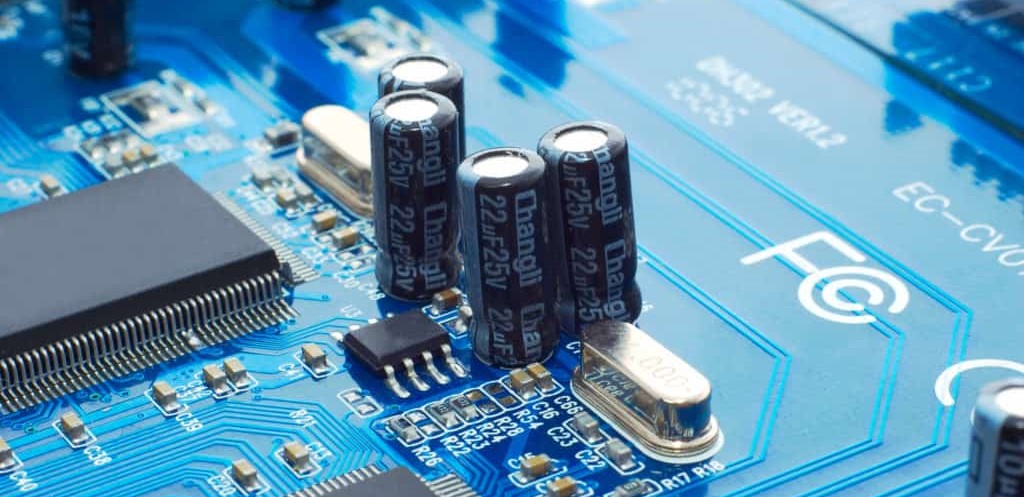Conformal Coating FAQs
Conformal coating is most commonly used to prevent corrosion damage and provide humidity protection to printed circuit boards in harsh environments. However, there are other benefits to conformal coating, and we are often asked if your products should add this to the manufacturing process.
What is conformal coating?
- It is a manufacturing process that a applies a layer of engineered polymeric product that forms a thin film on printed circuit boards that are populated with components. The film protects electrical circuits and components from environmental contaminants including moisture, static, mold growth, chemicals, and sea salt.
- There are many varieties of conformal coating products and most fit into 5 main categories based on their chemical composition: Urethane Resin (UR), Epoxy Resin (ER), Acrylic Resin (AR), Silicone Resin (SR), and Parylene (XY).
What are the benefits of conformal coating?
- Protection from harsh environments is the main objective of most products that are conformal coated in manufacturing. Extremely harsh environments that expose the PCB to chemicals or salt spray can quickly deteriorate the copper traces and solder and cause field failures. Products in more benign environments experience the standard oxidation of the components over time and it results in shortened product life-cycles.
- Products that are subject to shock and vibration also benefit from conformal coating. Boards without vibration protection inevitably form microscopic cracks in the solder joints over time and will eventually exhibit intermittent failures. For example, AR coatings will cure hard and offer cost-effective mechanical support.
- Conformal coating can be used to improve insulation between components on heavily populated printed circuit boards. Reduced spacing gives designers the ability to shrink product sizes. Further, conformal coating protects the PCB assembly from failures due to Foreign Object Debris (FOD) such as metal shavings or dirt.
- Black colored coatings are an inexpensive method for Intellectual Property (IP) protection by obscuring component part numbers.
Are there drawbacks to conformal coating?
- After boards are coated, it is difficult to remove the coatings and rework the boards. Typically, conformal coating is employed after products are released to production.
- Conformal coating increases the production costs especially in products that require lots of masking for components such as connectors.
How do I evaluate if conformal coating is needed for my project?
- Tauro Technologies uses many types of conformal coating chosen to fit the end application requirements.
Get in touch with us for details.




